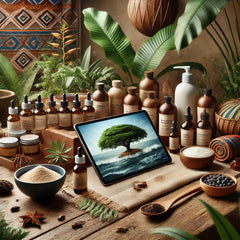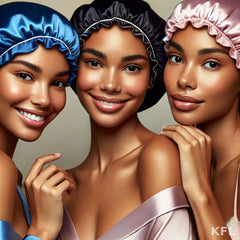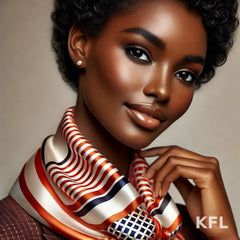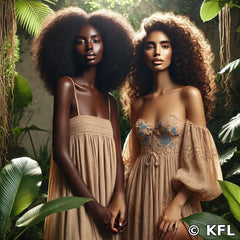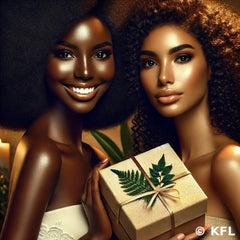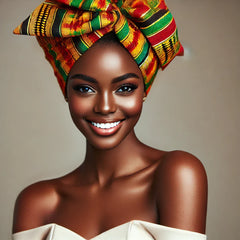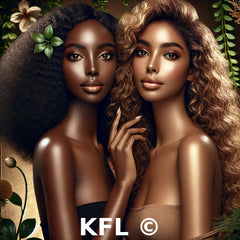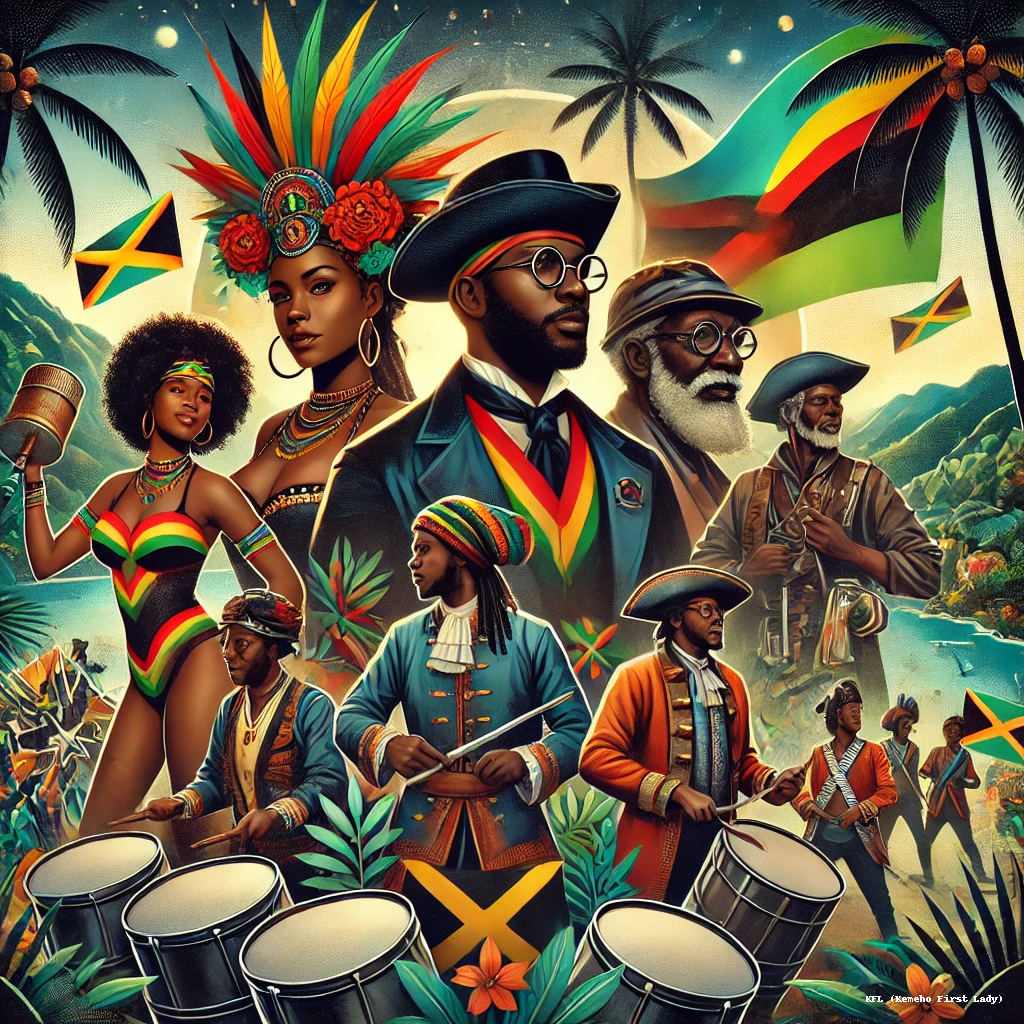
The Caribbean: Black History, Culture, and Contemporary Challenges
Share Label
The Caribbean archipelago is a crossroads of cultures, peoples, and histories. Largely shaped by the transatlantic slave trade, the Black population of the Caribbean has transformed tragedy into remarkable cultural wealth and political strength. From revolutionary figures like Toussaint Louverture to influential artists like Bob Marley, Afro-Caribbean people have not only shaped their own region but have also had a profound impact on the world.
1. A History of Resistance and Revolutions
⚓ The slave trade and the arrival of Africans:
- Beginning in the 16th century, millions of Africans were forcibly brought to the Caribbean islands to work on sugarcane, coffee, and cotton plantations.
- Colonial powers—France, Spain, the United Kingdom, and the Netherlands—dominated these territories, exploiting African slaves.
🔥 Revolts and the fight for freedom:
- The most famous uprising was the Haitian Revolution (1791–1804), which resulted in the world’s first independent Black republic, led by figures such as Toussaint Louverture and Jean-Jacques Dessalines.
- Many other acts of resistance occurred: the Maroons of Jamaica, uprisings in Cuba, and slave revolts in Martinique and Guadeloupe.
2. A Global Cultural Influence
Caribbean culture is a powerful blend of African, European, and Indigenous heritage.
🎶 Caribbean music:
- Reggae from Jamaica (Bob Marley, Peter Tosh) has had a global impact.
- Haitian compas, Antillean zouk, and Cuban salsa are iconic genres.
- African rhythms gave rise to dancehall, calypso, and reggaeton.
🍛 Caribbean cuisine:
- Rooted in African and local traditions, it features dishes such as Haitian griot, Jamaican jerk chicken, and Antillean accras.
- The use of spices and tropical ingredients reflects African culinary roots.
🎭 Art and literature:
- Writers like Aimé Césaire (Martinique), Frantz Fanon (Martinique), and Edwidge Danticat (Haiti) have shaped anti-colonial and post-colonial thought.
- The Négritude movement, partly initiated in the Caribbean, helped awaken Black consciousness.
3. Contemporary Challenges and Struggles
⚠️ Social and economic inequalities:
- Many Black Caribbeans still face poverty and neo-colonial exploitation.
- Numerous islands remain under European control (Guadeloupe, Martinique, Saint-Martin, etc.).
⚠️ Racism and colorism:
- Social hierarchies often favor lighter skin tones, a legacy of colonialism.
- Colorism continues to affect opportunities in some Caribbean countries.
⚠️ Natural disasters and ecology:
- Hurricanes, earthquakes, and other natural disasters regularly disrupt Caribbean economies.
- Rising sea levels pose a threat to several islands.
4. Current Strengths and Hopes
✊🏾 Political and social movements:
- Activists in Haiti, Jamaica, and the French Antilles fight for greater independence and social justice.
- The region is increasingly discussing reparations for slavery.
✊🏾 Global influence of Afro-Caribbean figures:
- Icons such as Rihanna (Barbados), Naomi Osaka (Haiti/Japan), and Usain Bolt (Jamaica) showcase Caribbean talent on the global stage.
- Caribbean culture is celebrated at festivals like Trinidad Carnival, Notting Hill Carnival (London), and Caribana (Canada).
✊🏾 Cultural and identity renaissance:
- The interest in African heritage is growing across the Caribbean, with renewed focus on ancestral traditions.
- Natural hairstyles and darker skin tones are increasingly embraced and celebrated.
Conclusion
The Black Caribbean community has turned a history of suffering into a force of creativity and resilience. Their culture influences the world, and their ongoing struggle for justice and equality serves as an inspiration. The Caribbean is not just a paradise of natural beauty—it is also a land of revolutions, pride, and a rich Black heritage that continues to shine on the global stage.

